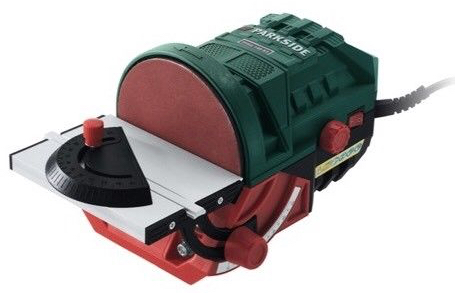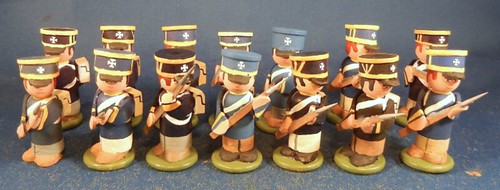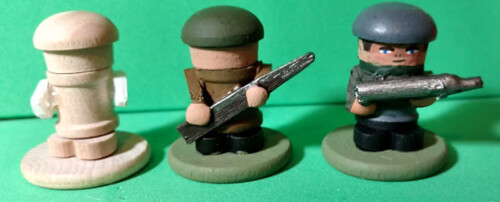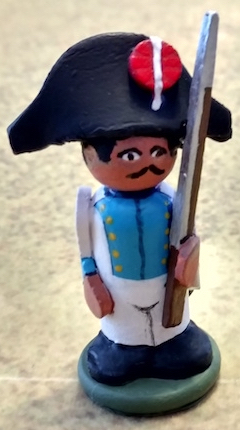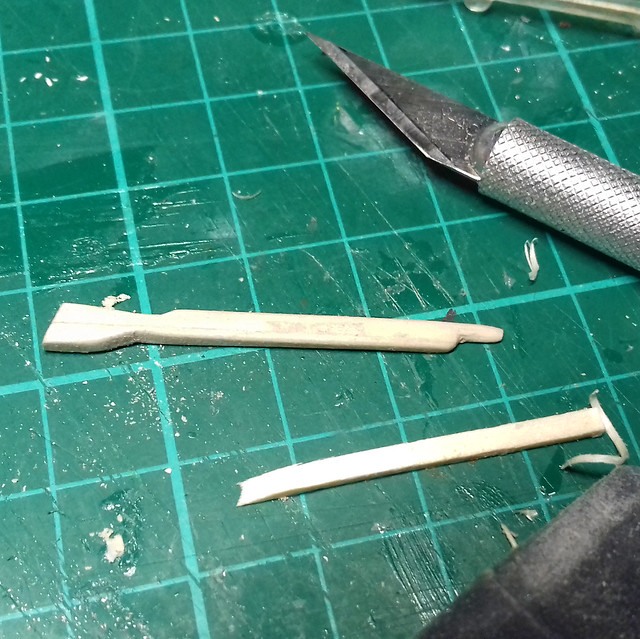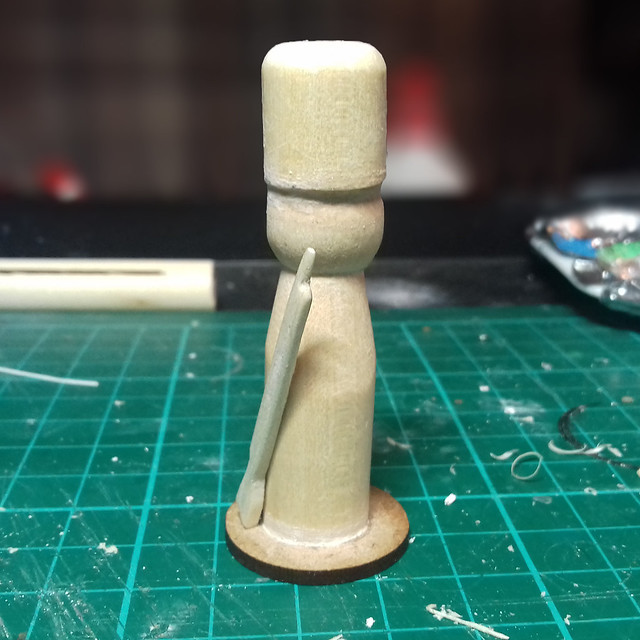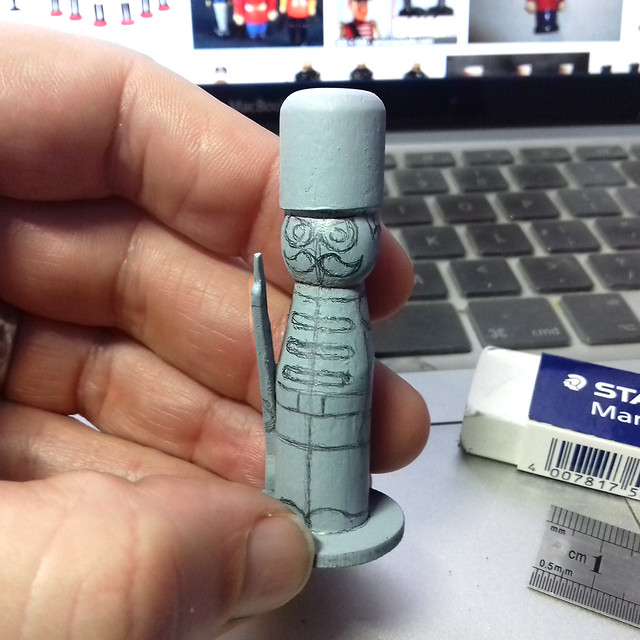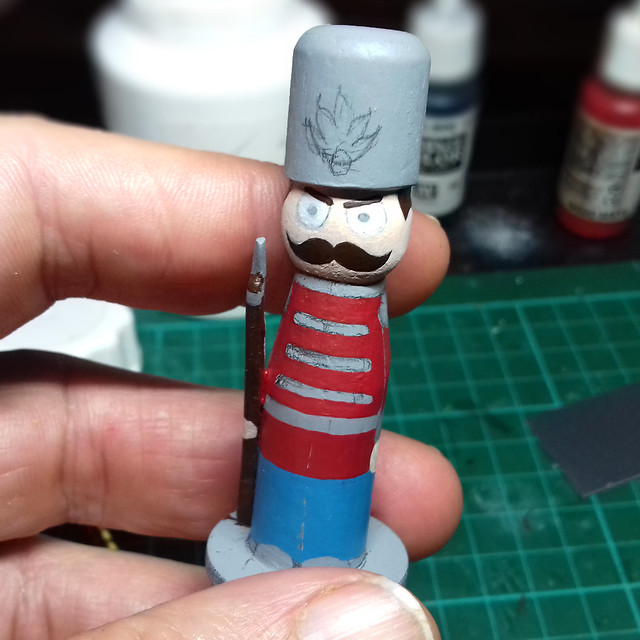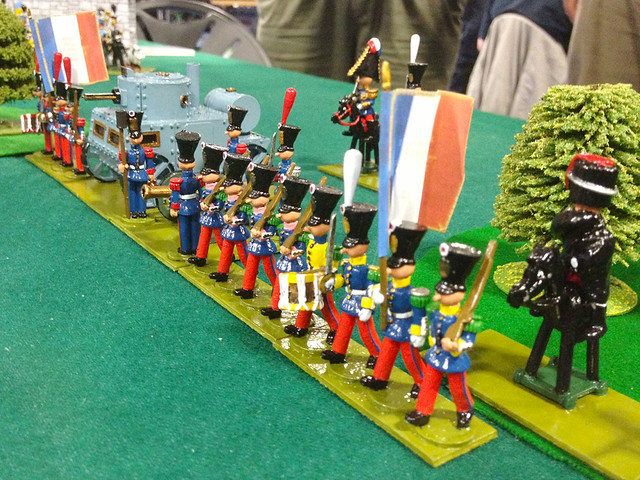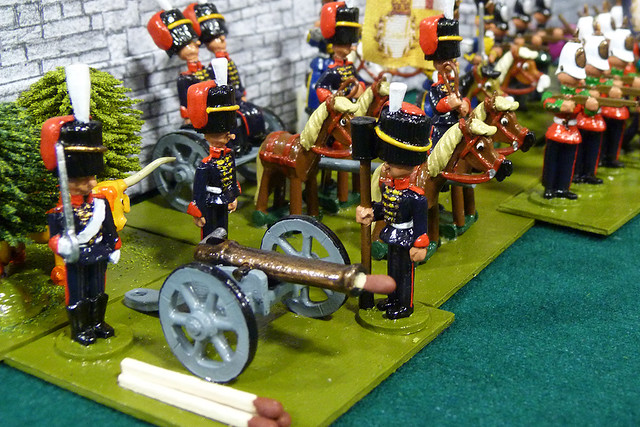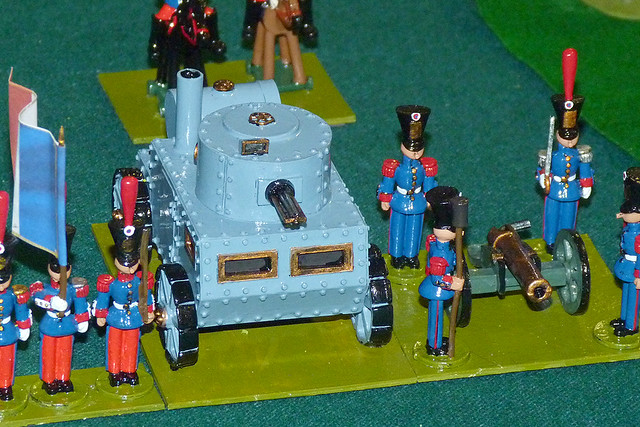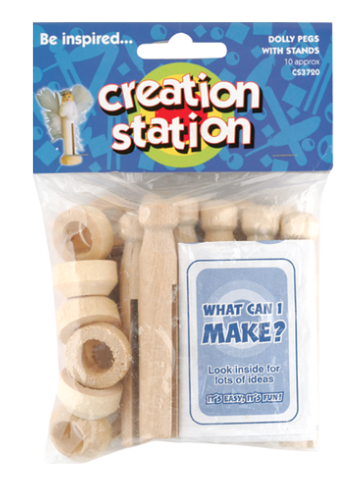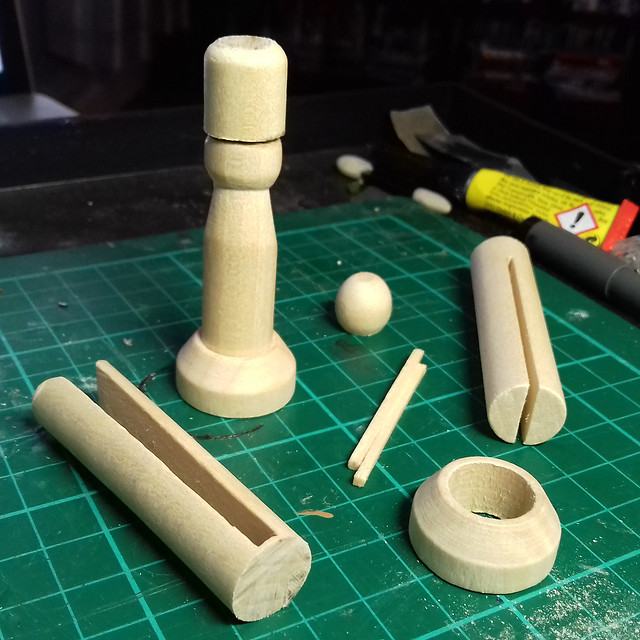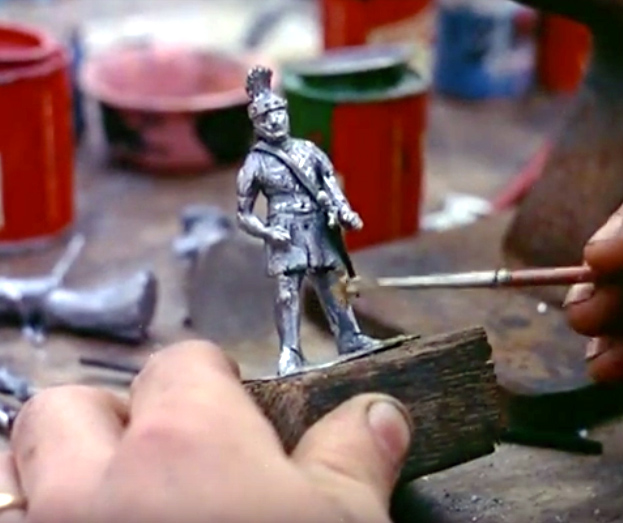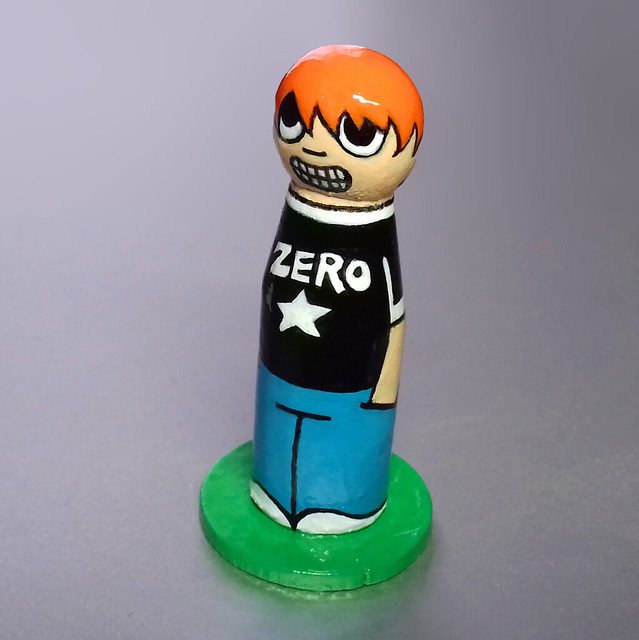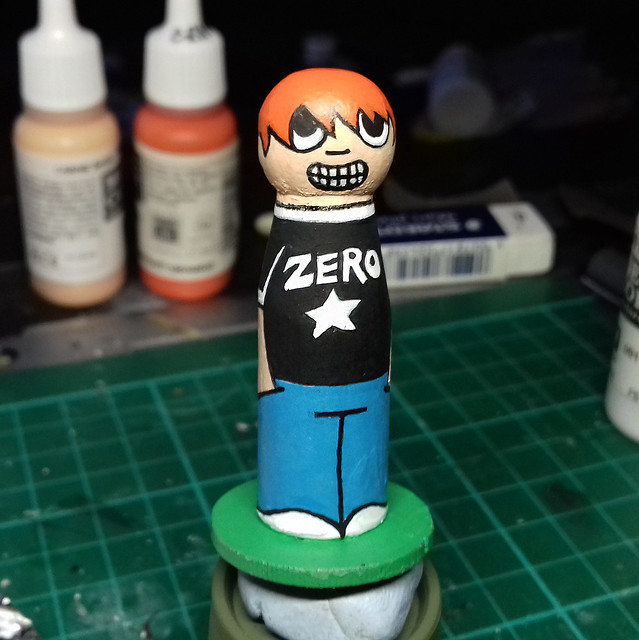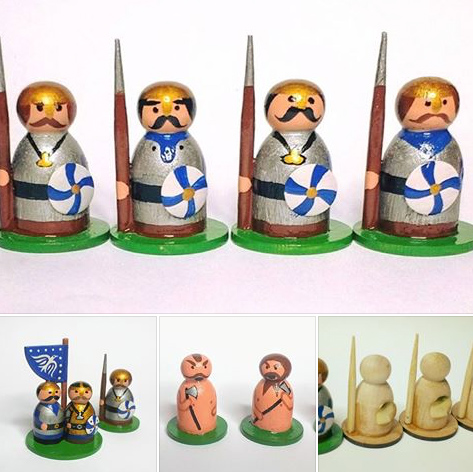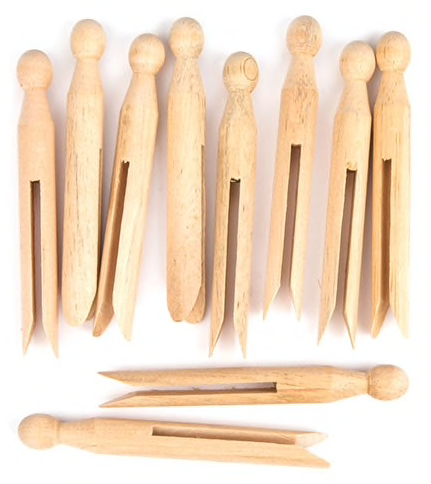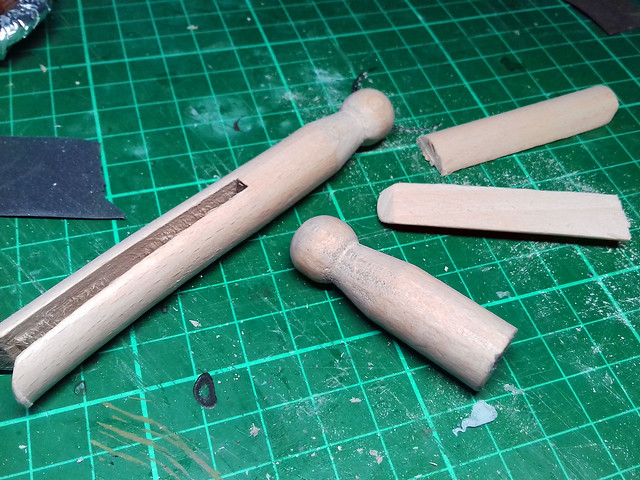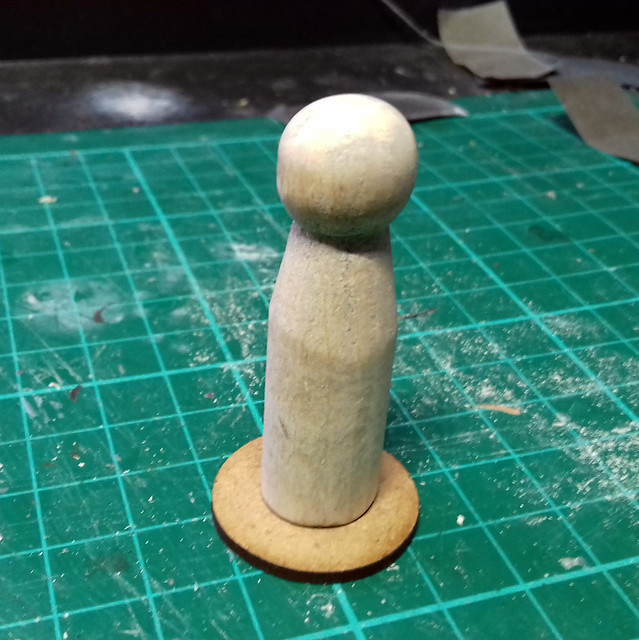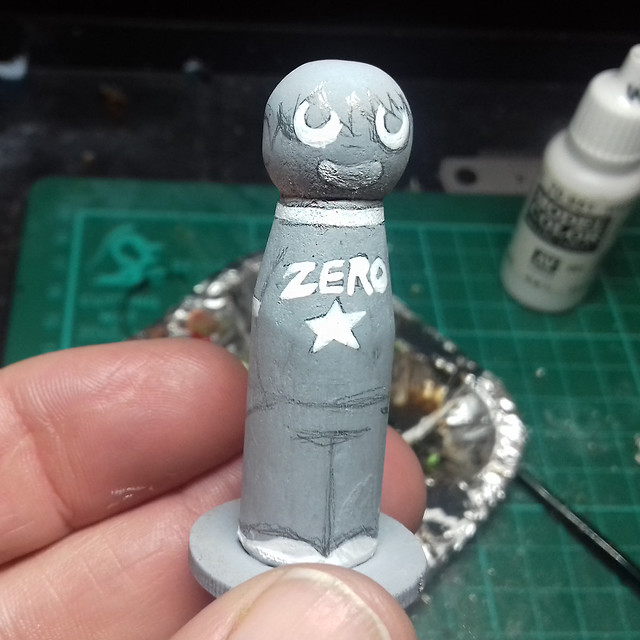Now that I've tested the materials for my 'Peg Doll' toy soldier project I have to put some thought into the design. I actually have several projects based on the wooden soldier idea in mind, including; tabletop game markers of various sizes, traditional Christmas tree decorations and Christmas dinner table place-name holders.
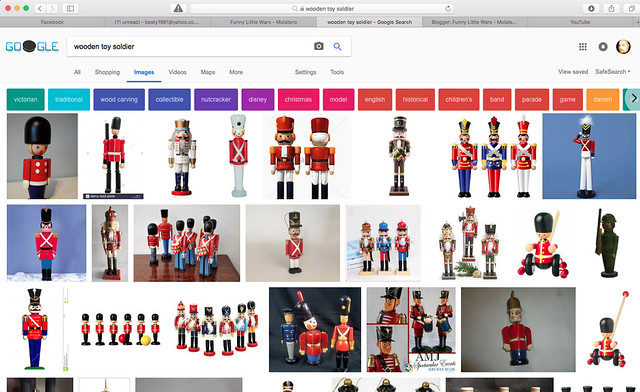 |
Googling 'wooden toy soldier' provided me with plenty of inspiration for
painting schemes and construction ideas for my peg dolls. |
Wooden toy soldiers seem so synonymous with the festive season that it hard to avoid ideas that don't include Christmas themed projects!
However, I am also interested to see if it is feasible to create useful game markers. This isn't an a new idea, I saw something similar when I visited the
Triples War Game Show at Sheffield in 2013...
Obviously, my 'peg soldiers' will be even simpler in design than the wonderful toy solders I saw at Triples, but they provide a guide to the style that I'm looking for.
My main quandary is whether to do a 'short' peg figure (similar to my test model) or to try a 'long legged' version using all of the dolly peg? ...I may do both...
The other thing that's got me a bit puzzled is hats! The
big hat is one of the defining features of the toy soldier and there are a few ways to create one, you could make one from some wood or perhaps go down the felt or fake fur route.
I prefer the idea of a wooden hat as that's more akin to the Nutcracker type toy soldiers I remember fro my childhood.
I found a tutorial that suggested that you try using wooden candle holders (see left), but while these seem ideal they are actually very hard to find in the UK so I will probably have to make my own alternative versions.
This actually won't be so bad as I'd like to do create different regimental uniforms based on historic ones and one of the most iconic pieces of uniform is the distinctive and often times unique headwear of the various regiments and nations.
So, my first idea is to create hats from a second peg. This seems a quick and cheap way to do this and I think I can create different shapes of hats depending on hot I cut the peg down.
And finally, how many parts do I make? My initial test figure was a single piece design with features painted on, but for the actual soldiers I may want to add extra pieces made of wood like rifles or swords. If I do this, how do I attach them - do I also need to make arms for the soldier?
A Funny Thing Happened on the Way to the Shops...
Being new to this 'peg doll' making business, I'm still working out some of the crafty 'props' and shortcuts. But, completely by chance, I happened across a bespoke 'peg doll making kit' at my local general store (of all places)!
Now, these look like pegs, but they aren't really proper pegs, not like the ones I bought from Amazon. These are specifically made for creating peg dolls and they come with special base rings so you can make your doll free standing.
Having sawn through both these and the real beechwood pegs I can say that these faux-pegs are made of a softer wood (so wouldn't last on a clothesline in the rain for long). The pack is the same price as the real pegs I bought - about £2.50 - BUT you only get 10 'pegs' in this bag as opposed to 24 in the real peg pack.
Still, I do like the little stands, and this all got me thinking that IF I ever got into this peg doll making thing I would probably invest in a small wood-turning lathe and make my own pegs and accessories (this would solve the 'hat' problem). The softer pegs do make it easy for me to cut them up into accessories of the same diameter as the pegs themselves just using a simple hand saw though. SO they were a nice find.
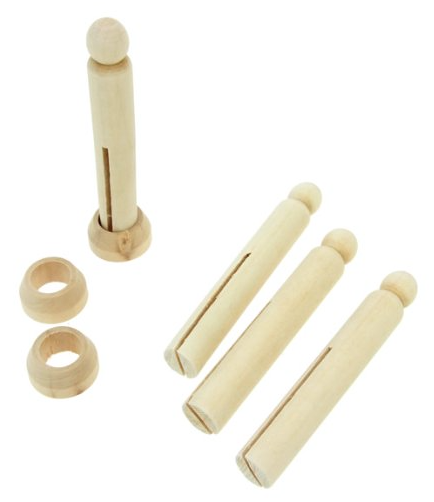 |
| The Creation Station 'faux-pegs' - with ring stands. |
One small detail I prefer about the fake pegs is that the 'shoulders' are less flared. The real pegs I have have a tapered 'shoulder' that narrows towards the 'head'. You will also note - from the accompanying photo - that the real pegs aren't exactly uniformly or symmetrically cut, whereas the fake pegs are. And finally, though you can't see in my photo, real pegs have tapered feet - to allow them to fasten to a clothes line - while the fake pegs are flatly cut as the bottom and the space between the 'legs' is narrower...
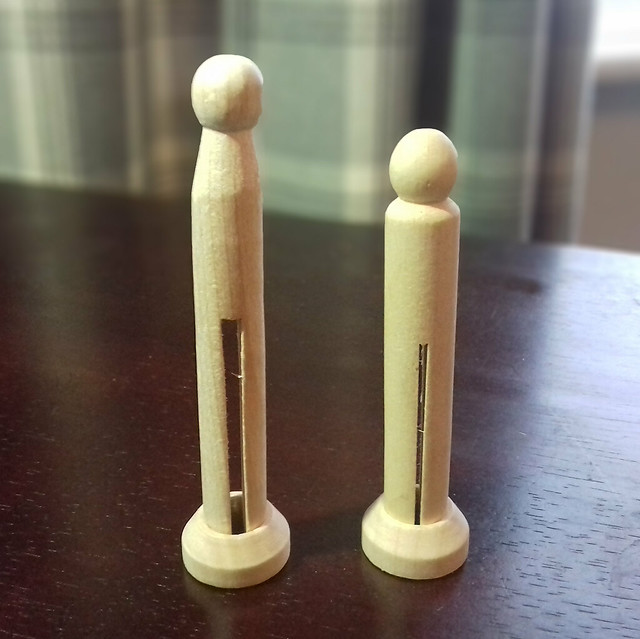 |
| Real peg left, fake peg right. |
Unfortunately, because the fake pegs are overall a shorter length than real dolly pegs you cannot mix and match if you want that uniform look. But I like the variation in detail between the two as it means I can try out different effect when painting and it adds some character to the little figures I will make.
So, let's try one out...
I used two pegs here, one of each type to create this soldier and his buzzby hat! The cut-offs will be worth keeping so I can carve other accessories. The above photo also shows a couple of matchsticks glued together, from which I hope to carve the soldiers rifle.
This, of course, is the shorter 'game marker' style peg that I will be trying out, as opposed to the full sized peg doll (but I will be making one of these later as well). They don't really conform to a standard scale, though I could cut him down to an even shorter size to make him roughly 28mm scale I suppose. But true scale isn't ugly important here, as long as he's being used in conjunction with other peg dolls of a similar size.
Well, on to the carving and sanding (there are some rough cuts which I want to smooth off) before I prime and start to paint my little soldier. The big question is; do I paint a simplified historic uniform (his busby suggests a British Guardsman) OR do I give him a fantasy 'toy' uniform? Hmmmm...
Next: Painting my soldier.
